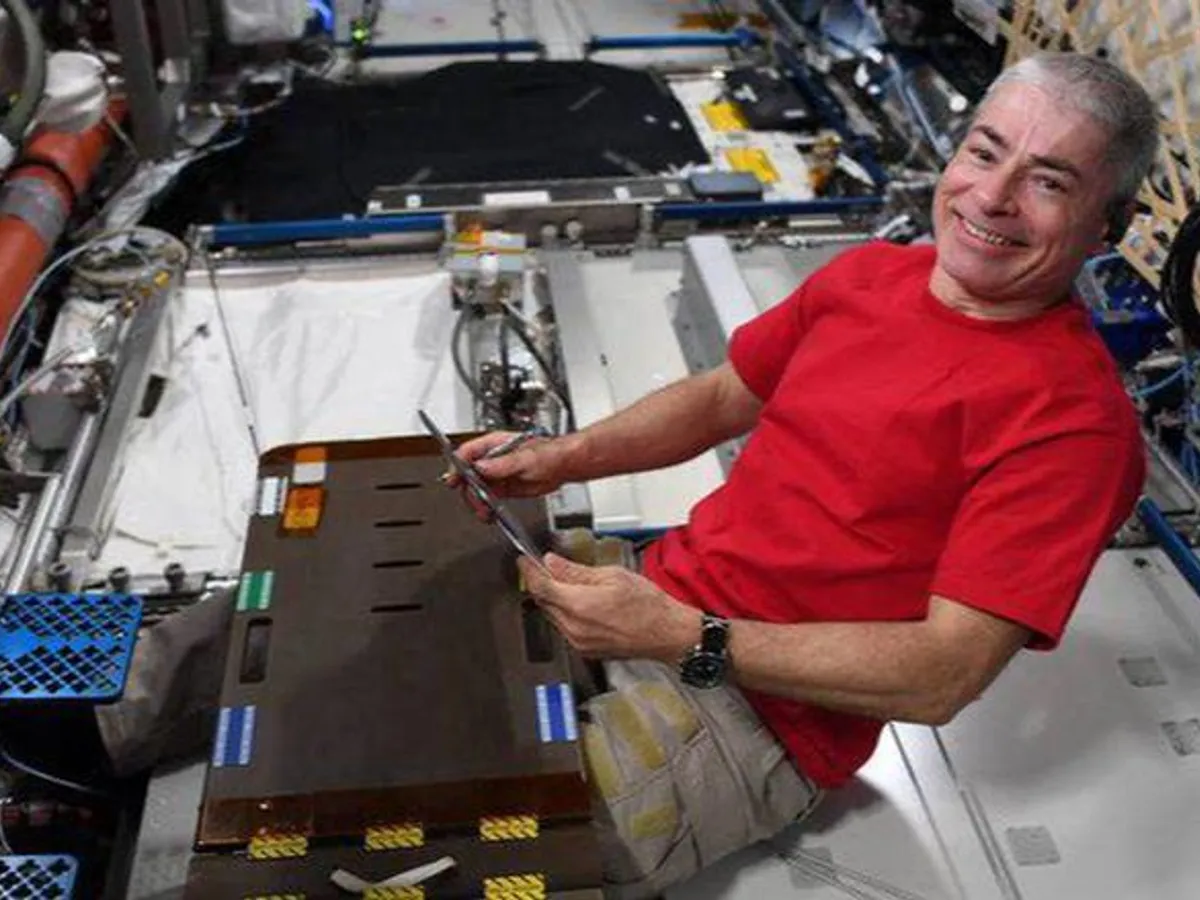Astronot NASA Mark Vande Hey is ready to return from the International Space Station (ISS) after spending almost a year in space. He is scheduled to leave the ISS on March 30 on the Russian spaceship and will land in Kazakhstan after a seven-hour flight. Arrange to make a record of 355 days stay in the room – the longest by Americans – Vande Hei revealed how he managed to live in space for the period.
Meditation and gratefulness helped me survive, says Vande Hei
Answering during the question and answer session in the ISS, Vande Hey said, “I have to spend a lot of time, try to get used to every day. Meditate. It certainly helps keep myself in a kind of good and grounded mind frame”. He further said, “And as I mentioned earlier, the most important thing is to admit that I have to stay focused on what I do now and also one more thing. Try to find things to be grateful because it is contrary to things that are must be complained. What is far away by making whatever you do is better, On March 30, Vande Hey will break the longest record of stay in space by US astronauts that exceeded the previous number of 523 days. He will be accompanied by two Russian partners – Anton Shkaplerov and Pyotr Dubrov at Soyuz MS-19 capsules.
Watch the astronauts leave the ISS
The return of American astronauts in the Russian capsule has been a problem in the last few days after the Russian Space Agency Roscosmos decided on various spatial institutions including NASA. Many reports by Western media claim that Russia might leave Vande Hey above the ISS. However, these rumors were scored by the director of Rosmosmos General Dmitry Rogozin who refused to claim to call them ‘hysterical’ The astronauts above the ISS will say goodbye to the trio during the closing of the hatch which is scheduled for March 30 at 9:30 a.m. (IST). Soyuz capsules will then be activated from the Space Station at 12:51 followed by Deorbit Burn and Landing targeted at 16:58. According to NASA, the scope of farewell crew, undocking, and landing will be aired at NASA TV, the agency’s website, and NASA application about half an hour before the time mentioned above.

